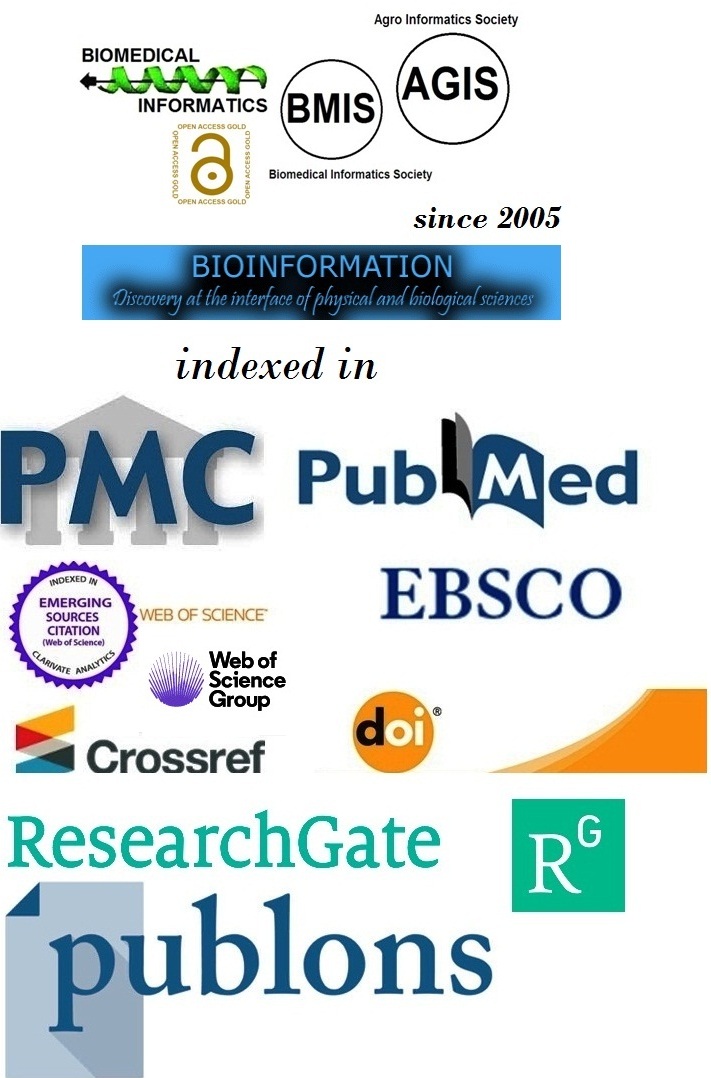Title
Terrestrial dimethyl sulfide: Template for astrobiology
Authors
Paul Shapshak1,*, Jean Schneider2, Beata Casanas1, Charurut Somboonwit1 & John T. Sinnott1
Affiliation
1Department of Internal Medicine, Division of Infectious Diseases and International Health, Morsani College of Medicine, University of South Florida, Tampa, Florida - 33606 USA; 2Observatoire de Paris, University of Paris, Paris, France; *Corresponding author
Paul Shapshak - E-mail: pshapshgak@gmail.com
Jean Schneider - E-mail: jean.schneider@obspm.fr
Beata Casanas - E-mail: beata@usf.edu
Charurut Somboonwit - E-mail: charurut@usf.edu
John T. Sinnott - E-mail: johntsinnott@gmail.com
Article Type
Editorial
Date
Received June 1, 2025; Revised June 30, 2025; Accepted June 30, 2025, Published June 30, 2025
Abstract
Dimethyl sulfide (DMS) is a volatile breakdown product of dimethyl-sulfonio-propionate (DMSP). DMS is synthesized by marine phytoplankton, plays a central role in Earth’s sulfur cycle and has growing relevance in astrobiology. DMS formation is mediated by complex microbial, viral, enzymatic and photochemical processes that reflect dynamic interactions within marine ecosystems. Bacterial pathways responsible for DMSP degradation are genetically diverse and ecologically widespread, while viral lysis of phytoplankton contributes to release and recycling of sulfur compounds. Once released into the atmosphere, DMS contributes to sulfate aerosol formation, influencing cloud condensation and planetary albedo - an example of biogeochemical feedback between ocean life and climate. This report reviews terrestrial DMS production, including microbial, viral and abiotic contributions. Given its volatility, detectability and potential biological origin, DMS is considered a promising biosignature candidate in the search for life on exoplanets.
Keywords
Dimethyl sulfide (DMS), dimethyl-sulfonio-propionate (DMSP), terrestrial marine microbial metabolism, viruses, sulfur cycling pathways, climate feedback, atmospheric chemistry, biosignatures, vegetation reflectance, astrobiology, asteroseismology, Hycean sub-Neptune exoplanets, mid-infrared transmission spectra, James Webb Space Telescope MIRI instrument.
Citation
Shapshak et al. Bioinformation 21(6): 1668-1671 (2025)
Edited by
Paul Shapshak
ISSN
0973-2063
Publisher
License
This is an Open Access article which permits unrestricted use, distribution, and reproduction in any medium, provided the original work is properly credited. This is distributed under the terms of the Creative Commons Attribution License.
